Home>Gardening & Outdoor>Pool & Spa Care>What Is The Best Hot Tub Sanitizer
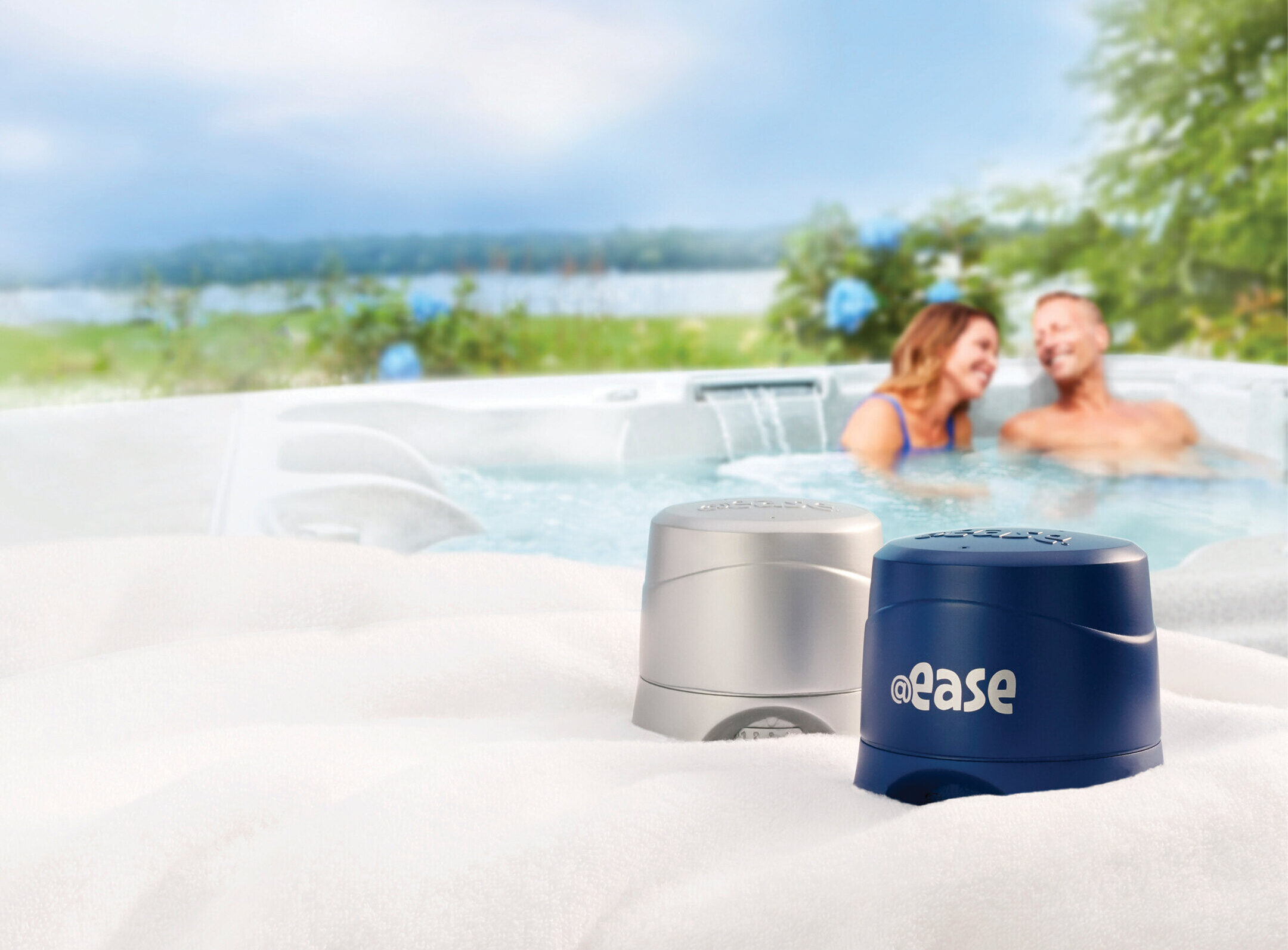

Pool & Spa Care
What Is The Best Hot Tub Sanitizer
Modified: January 9, 2024
Discover the best hot tub sanitizer for effective pool and spa care. Explore top options to keep your hot tub clean and safe.
(Many of the links in this article redirect to a specific reviewed product. Your purchase of these products through affiliate links helps to generate commission for Storables.com, at no extra cost. Learn more)
Introduction
So, you've finally taken the plunge and invested in a luxurious hot tub or a sparkling pool. Now, the next step is to ensure that the water remains clean, clear, and safe for all to enjoy. The key to achieving this lies in choosing the right sanitizer to maintain a healthy and hygienic aquatic environment. With a myriad of options available, from traditional chlorine and bromine to innovative mineral and ozone-based sanitizers, it's essential to understand the unique properties and benefits of each. By selecting the best hot tub sanitizer for your specific needs, you can indulge in the ultimate relaxation experience while safeguarding the well-being of your loved ones.
In this comprehensive guide, we will delve into the world of hot tub and pool sanitizers, exploring the distinct features, advantages, and considerations associated with various sanitization methods. Whether you're a seasoned pool owner or a newcomer to the world of aquatic leisure, this article will equip you with the knowledge to make an informed decision and elevate your water maintenance routine to new heights. Let's embark on this enlightening journey to discover the best hot tub sanitizer for your aquatic oasis.
Key Takeaways:
- Choose the right hot tub sanitizer based on your needs and preferences. From cost-effective chlorine to gentle mineral sanitizers, there’s a perfect fit for every aquatic oasis.
- Keep your hot tub or pool water clean and inviting with innovative options like ozone and UV-C sanitizers. Embrace sustainability and enjoy a pristine water experience.
Read more: How To Sanitize A Hot Tub
Chlorine
When it comes to hot tub and pool sanitization, chlorine has long been a staple due to its exceptional disinfectant properties. This powerful sanitizer effectively eliminates bacteria, viruses, and algae, thereby preventing the proliferation of harmful microorganisms in the water. Chlorine is available in various forms, including traditional granules, tablets, and liquid solutions, offering flexibility in application and dosage.
One of the primary advantages of chlorine is its cost-effectiveness and widespread availability. It remains a popular choice among pool and hot tub owners due to its proven track record in maintaining water clarity and hygiene. Furthermore, chlorine is relatively easy to use, making it accessible to individuals with varying levels of experience in water maintenance.
However, it’s important to note that while chlorine is highly effective in sanitizing aquatic environments, it can lead to certain drawbacks if not managed properly. Over-chlorination can result in skin and eye irritation, as well as the distinct odor often associated with swimming pools. Additionally, chlorine requires regular monitoring and adjustment to maintain the ideal residual level, especially in outdoor settings where sunlight and environmental factors can impact its stability.
For those with sensitivities to chlorine or a desire to explore alternative sanitization methods, there are several viable options available. By carefully weighing the benefits and considerations associated with chlorine, individuals can make an informed decision regarding the most suitable hot tub sanitizer for their specific requirements.
Bromine
As an alternative to chlorine, bromine offers a compelling solution for hot tub and pool sanitization, particularly in indoor or low-UV environments. This sanitizer exhibits remarkable stability in higher temperatures, making it an ideal choice for hot tubs and spas where water temperatures are typically elevated. Bromine is available in tablet form and is slowly dissolved in the water to deliver consistent sanitization over time.
One of the key advantages of bromine is its resilience in the presence of sunlight and heat, ensuring sustained effectiveness in challenging conditions. This characteristic makes it well-suited for hot tubs exposed to direct sunlight or indoor pools with limited UV protection. Additionally, bromine is known for producing minimal odor compared to chlorine, contributing to a more pleasant and inviting aquatic environment.
While bromine offers several benefits, it’s important to consider certain factors before choosing this sanitizer. Bromine can be more expensive than chlorine, impacting the overall cost of hot tub and pool maintenance. Furthermore, maintaining the appropriate bromine residual level requires careful attention and regular testing to ensure optimal water quality.
For individuals seeking a reliable alternative to chlorine, bromine presents a compelling option for maintaining clean and sanitary hot tub and pool water. By understanding the unique properties and considerations associated with bromine, individuals can make an informed decision based on their specific preferences and environmental factors.
Mineral Sanitizers
Mineral sanitizers offer a natural and environmentally friendly approach to hot tub and pool maintenance, harnessing the power of minerals such as copper and silver to combat bacteria and algae. These systems often utilize mineral cartridges or dispensers to release trace amounts of minerals into the water, effectively inhibiting the growth of microorganisms while reducing the reliance on traditional sanitizers.
One of the primary advantages of mineral sanitizers is their ability to complement existing chlorine or bromine sanitization methods, thereby reducing the overall demand for chemical sanitizers. By incorporating mineral systems into hot tub and pool maintenance routines, individuals can achieve enhanced water clarity and hygiene while minimizing the potential for skin and eye irritation often associated with high chlorine levels.
Furthermore, mineral sanitizers contribute to a more balanced and natural water environment, promoting a soothing and rejuvenating experience for hot tub and pool users. The synergistic action of minerals such as copper and silver helps maintain water quality while reducing the frequency of chemical additions, offering a convenient and sustainable approach to water maintenance.
While mineral sanitizers offer compelling benefits, it’s essential to consider certain limitations and requirements associated with these systems. Regular monitoring of mineral levels and occasional cartridge replacement are necessary to ensure consistent sanitization efficacy. Additionally, mineral sanitizers may not completely replace the need for chlorine or bromine, especially in high bather load scenarios or during periods of intense usage.
By integrating mineral sanitizers into their hot tub and pool maintenance regimen, individuals can embrace a holistic approach to water care, promoting a harmonious balance between natural mineral action and traditional sanitization methods.
Consider using a hot tub sanitizer that contains chlorine or bromine, as they are effective at killing bacteria and viruses. Regularly test and maintain the sanitizer levels to ensure a clean and safe hot tub experience.
Ozone
Ozone, a powerful oxidizing agent, serves as an effective and efficient hot tub and pool sanitizer, offering advanced disinfection capabilities. Ozone systems work by generating ozone gas, which is then introduced into the water to eradicate bacteria, viruses, and organic contaminants. This process helps maintain water clarity and purity while reducing the reliance on traditional chemical sanitizers.
One of the key advantages of ozone is its rapid and potent disinfection action, providing a proactive approach to water treatment. Ozone effectively breaks down impurities and by-products, enhancing overall water quality and minimizing the formation of chloramines, which are associated with the typical “chlorine smell” in pools and hot tubs.
Furthermore, ozone contributes to a gentle and skin-friendly aquatic environment, reducing the potential for skin and eye irritation often linked to high chlorine levels. By incorporating ozone systems into hot tub and pool maintenance routines, individuals can enjoy a rejuvenating and hygienic water experience while minimizing the use of traditional sanitizers.
While ozone offers compelling benefits, it’s important to consider certain factors when implementing ozone systems. Ozone is not a stand-alone sanitizer and is typically used in conjunction with chlorine or bromine to ensure comprehensive water treatment. Additionally, ozone generators require periodic maintenance and monitoring to sustain optimal performance, emphasizing the importance of regular upkeep.
By embracing the innovative capabilities of ozone, hot tub and pool owners can elevate their water maintenance practices, promoting a balanced and health-conscious approach to sanitization. The integration of ozone systems offers a transformative solution for enhancing water quality and fostering a rejuvenating aquatic environment.
Read more: How To Sanitize Hot Tub Without Chemicals
UV-C Sanitizers
UV-C sanitizers, utilizing ultraviolet light in the germicidal range, offer a cutting-edge approach to hot tub and pool water treatment, delivering targeted disinfection to combat bacteria, viruses, and algae. These systems utilize UV-C lamps to emit intense ultraviolet light, effectively neutralizing microorganisms and organic contaminants present in the water.
One of the primary advantages of UV-C sanitizers is their ability to provide rapid and thorough disinfection without the use of traditional chemical sanitizers. UV-C light penetrates the cellular structure of microorganisms, disrupting their DNA and rendering them unable to reproduce, thereby promoting a pristine and hygienic aquatic environment.
Furthermore, UV-C sanitizers contribute to a reduction in chemical usage, offering a sustainable and eco-friendly approach to hot tub and pool maintenance. By harnessing the power of UV-C light, individuals can minimize the reliance on chlorine or bromine while ensuring uncompromising water clarity and purity.
While UV-C sanitizers offer compelling benefits, it’s essential to consider certain factors when integrating these systems. Proper installation and positioning of UV-C lamps are crucial to ensure effective disinfection throughout the entire water volume. Additionally, regular maintenance and periodic replacement of UV-C lamps are necessary to sustain optimal performance and uphold the system’s efficacy.
By embracing the advanced capabilities of UV-C sanitizers, hot tub and pool owners can revolutionize their water treatment practices, fostering a pristine and health-conscious aquatic environment. The integration of UV-C systems represents a progressive solution for achieving unparalleled water clarity and purity without the reliance on traditional chemical sanitizers.
Enzyme-based Sanitizers
Enzyme-based sanitizers offer a natural and environmentally conscious approach to hot tub and pool maintenance, leveraging the power of enzymes to degrade organic contaminants and prevent the buildup of biofilm. These products contain a blend of enzymes that effectively break down oils, lotions, and other organic matter, thereby reducing the burden on traditional sanitizers while enhancing water clarity and purity.
One of the primary advantages of enzyme-based sanitizers is their ability to target and eliminate organic residues that can contribute to water cloudiness and diminish overall water quality. By harnessing the catalytic action of enzymes, these sanitizers promote a cleaner and more balanced aquatic environment, reducing the need for excessive chemical treatments.
Furthermore, enzyme-based sanitizers contribute to a reduction in chemical usage, offering a sustainable and eco-friendly solution for hot tub and pool maintenance. By addressing organic contaminants at their source, these products help maintain water clarity and prevent the formation of unsightly scum lines, fostering a pristine and inviting water experience.
While enzyme-based sanitizers offer compelling benefits, it’s important to consider certain factors when incorporating these products into water maintenance routines. Regular dosing and monitoring are essential to ensure consistent enzyme activity and sustained effectiveness. Additionally, enzyme-based sanitizers are often used in conjunction with traditional sanitizers such as chlorine or bromine to provide comprehensive water treatment.
By embracing the natural efficacy of enzyme-based sanitizers, hot tub and pool owners can enhance their water maintenance practices, fostering a balanced and health-conscious aquatic environment. The integration of enzyme-based products represents a proactive and sustainable solution for promoting water clarity and purity while reducing the reliance on traditional chemical sanitizers.
Conclusion
As we conclude our exploration of hot tub and pool sanitizers, it’s evident that the world of water maintenance offers a diverse array of options, each with its unique benefits and considerations. From the time-tested efficacy of chlorine and the resilience of bromine to the innovative capabilities of mineral, ozone, UV-C, and enzyme-based sanitizers, individuals have the opportunity to tailor their water care approach to suit their specific needs and preferences.
It’s essential to recognize that no single sanitizer is universally superior, as each method presents distinct advantages and limitations. Chlorine and bromine remain popular choices for their proven disinfection capabilities and ease of use, while mineral and enzyme-based sanitizers offer natural and sustainable alternatives. The advanced technologies of ozone and UV-C systems provide cutting-edge solutions for those seeking to reduce chemical reliance while maintaining pristine water quality.
Ultimately, the selection of the best hot tub sanitizer hinges on a thorough understanding of individual requirements, environmental factors, and desired water quality outcomes. By carefully evaluating the unique properties and considerations associated with each sanitizer, individuals can make informed decisions that align with their vision of a clean, clear, and inviting aquatic oasis.
Regardless of the chosen sanitizer, the overarching goal remains consistent: to create a hygienic, rejuvenating, and enjoyable water experience for all. Whether it’s the soothing embrace of a hot tub or the refreshing allure of a pool, the right sanitizer serves as the cornerstone of water maintenance, ensuring that every dip becomes a moment of relaxation and revitalization.
As you embark on your water maintenance journey, may you find the perfect balance of efficacy, sustainability, and serenity, transforming your aquatic oasis into a haven of pure, unbridled enjoyment.
Frequently Asked Questions about What Is The Best Hot Tub Sanitizer
Was this page helpful?
At Storables.com, we guarantee accurate and reliable information. Our content, validated by Expert Board Contributors, is crafted following stringent Editorial Policies. We're committed to providing you with well-researched, expert-backed insights for all your informational needs.
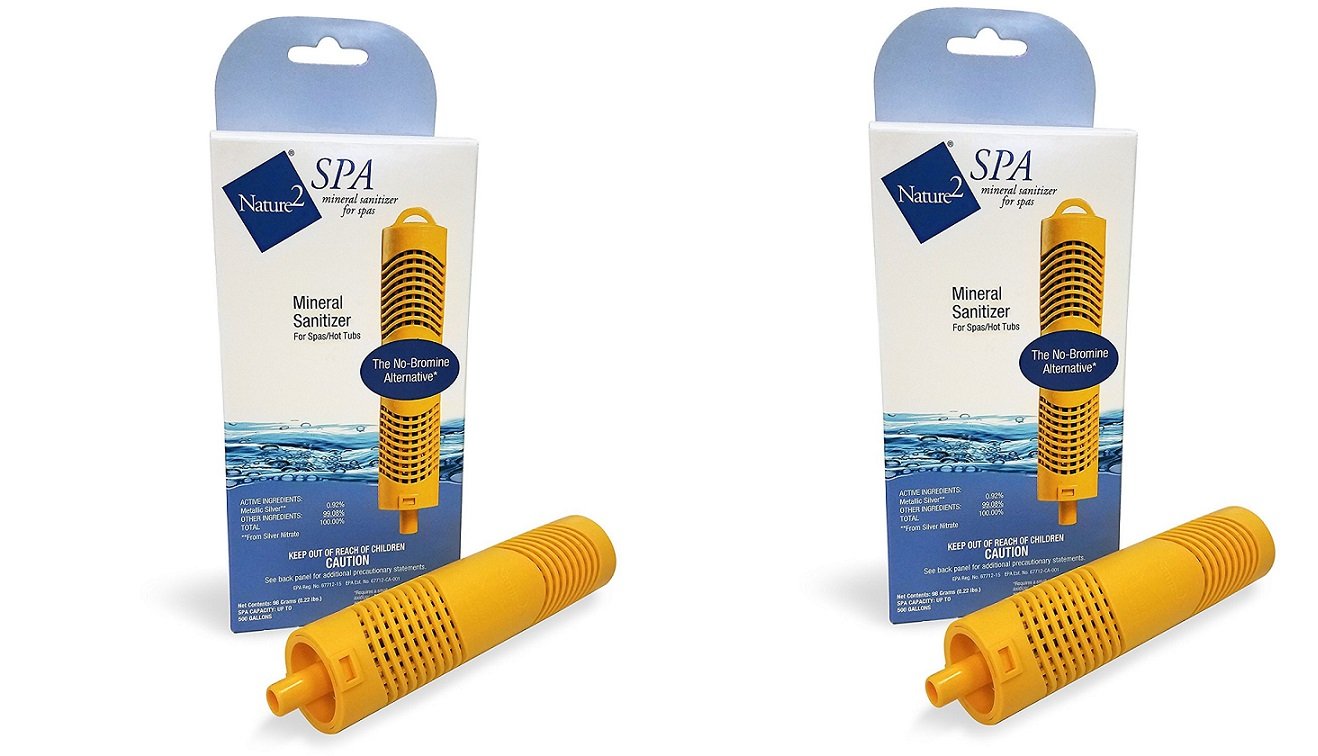
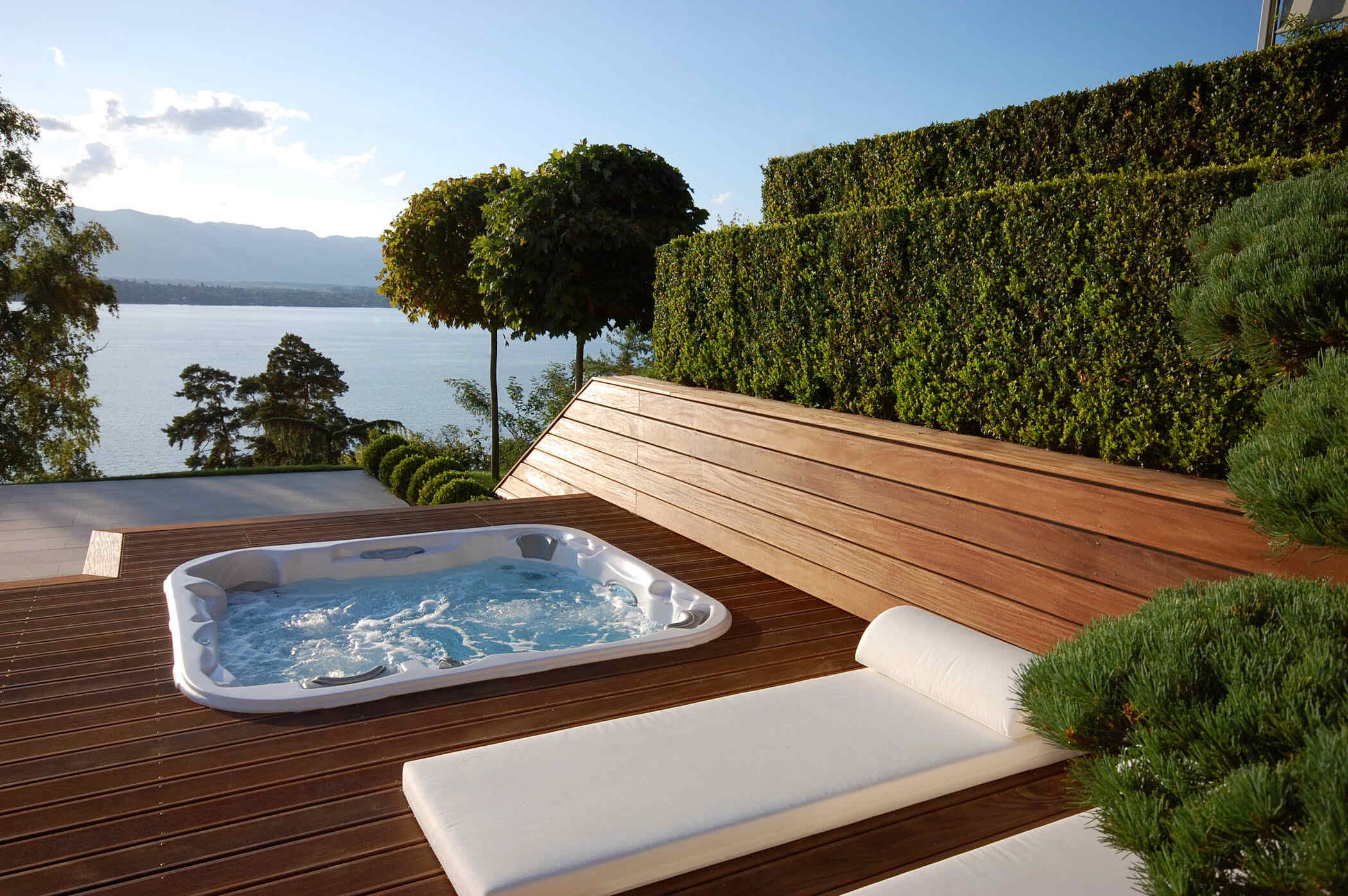
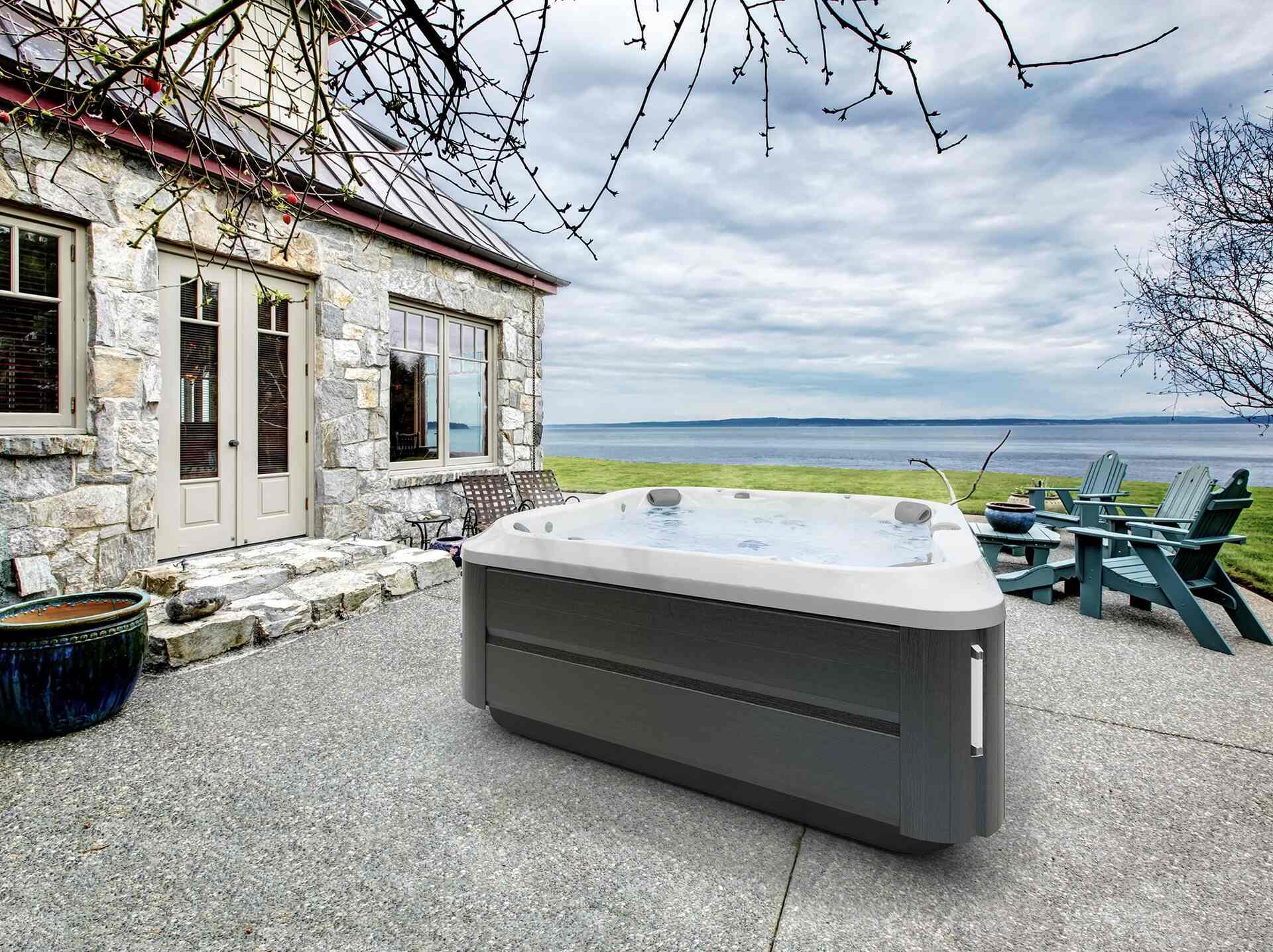
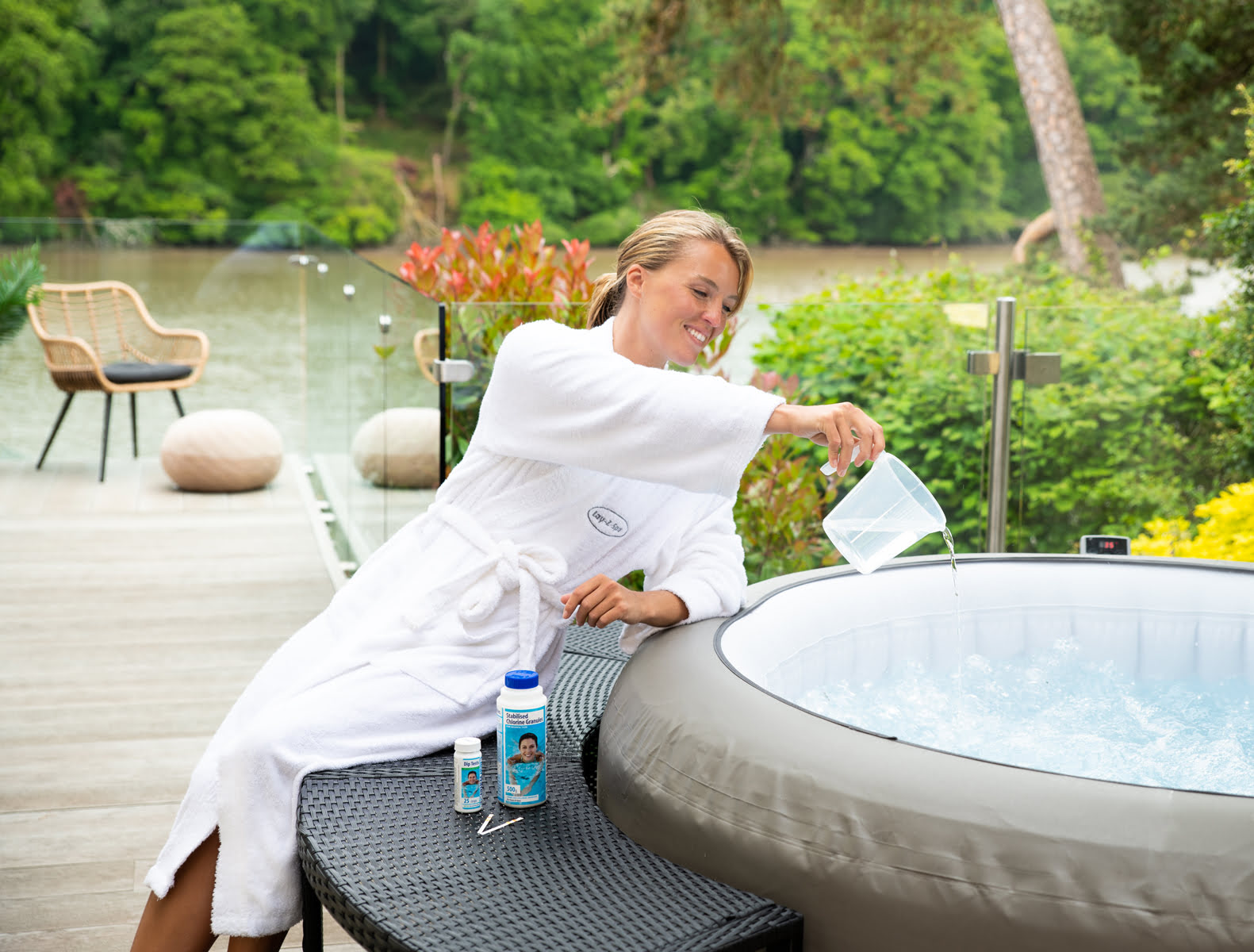
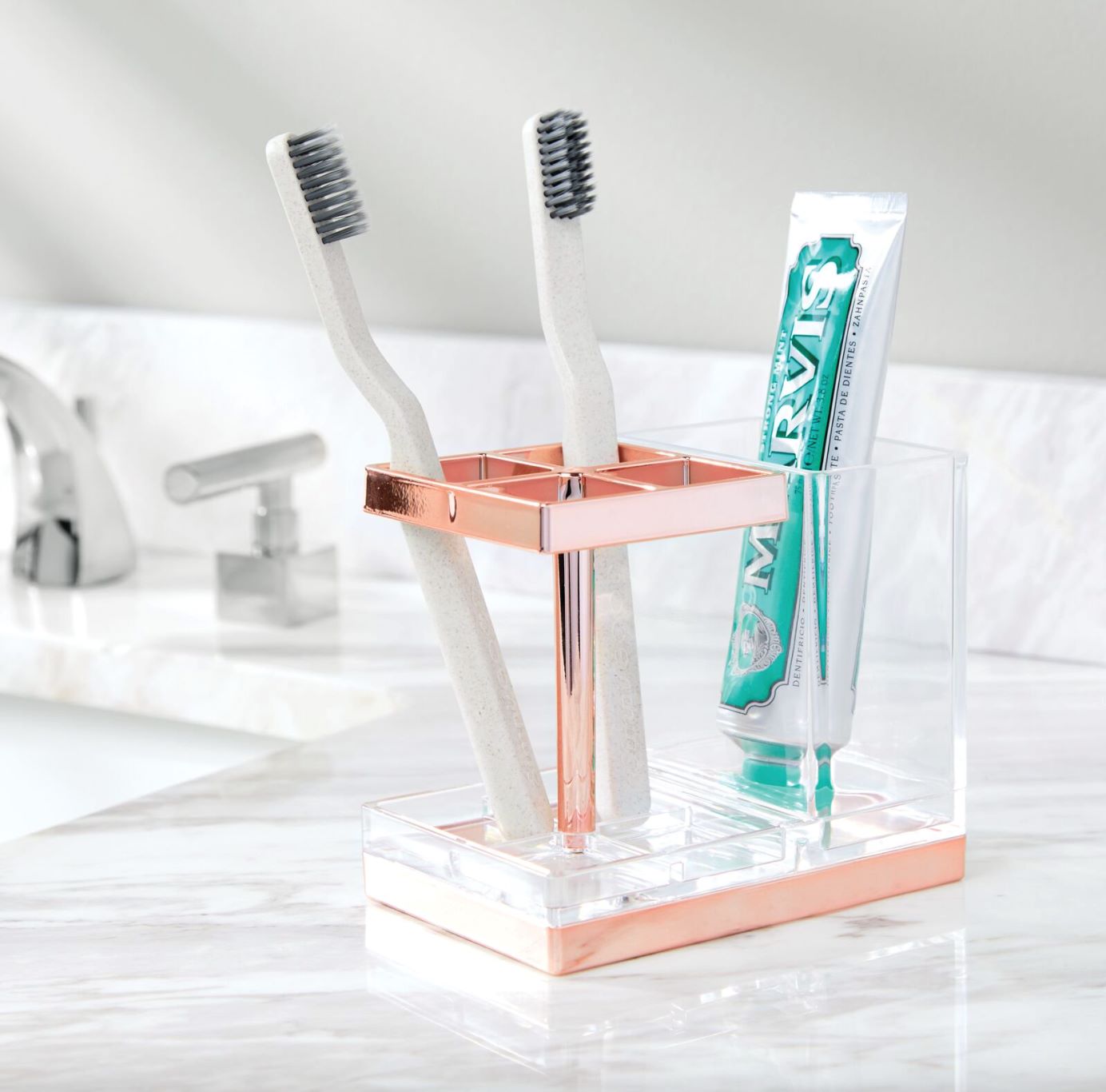
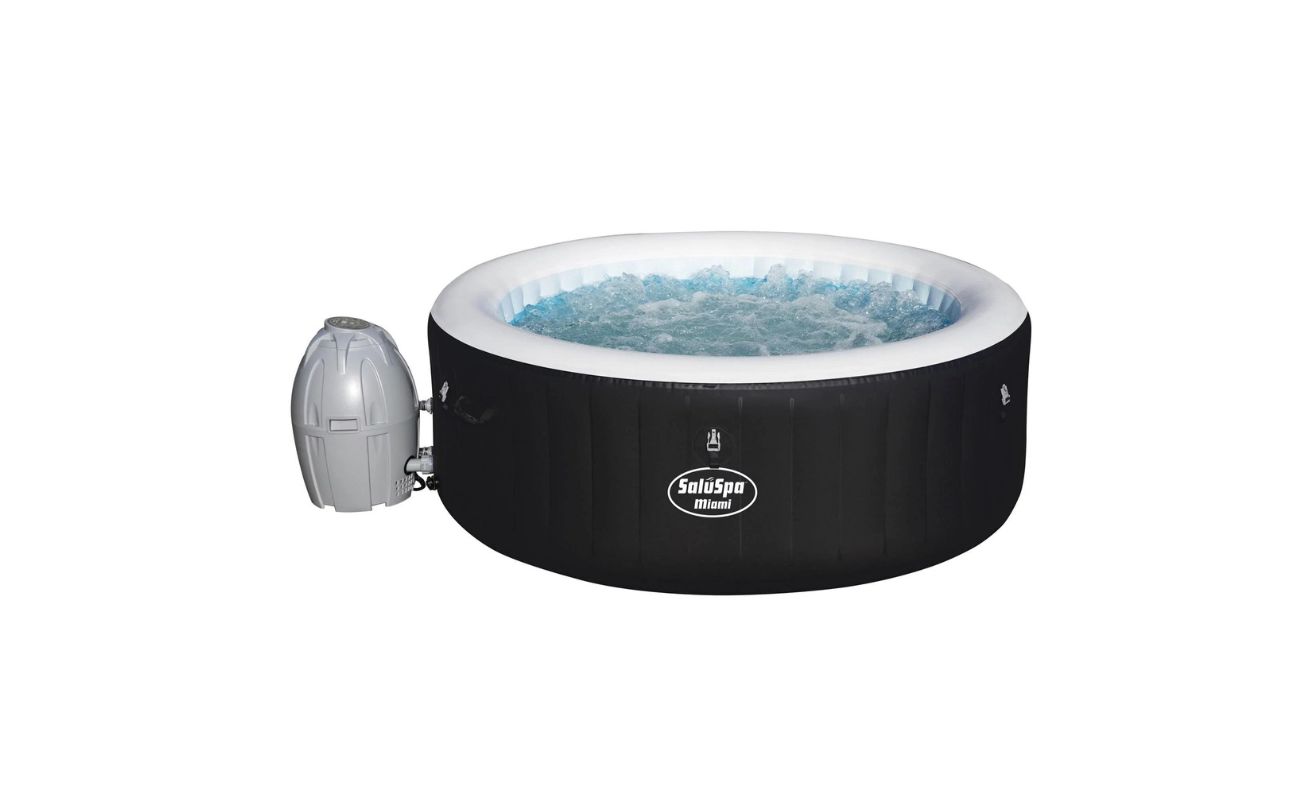

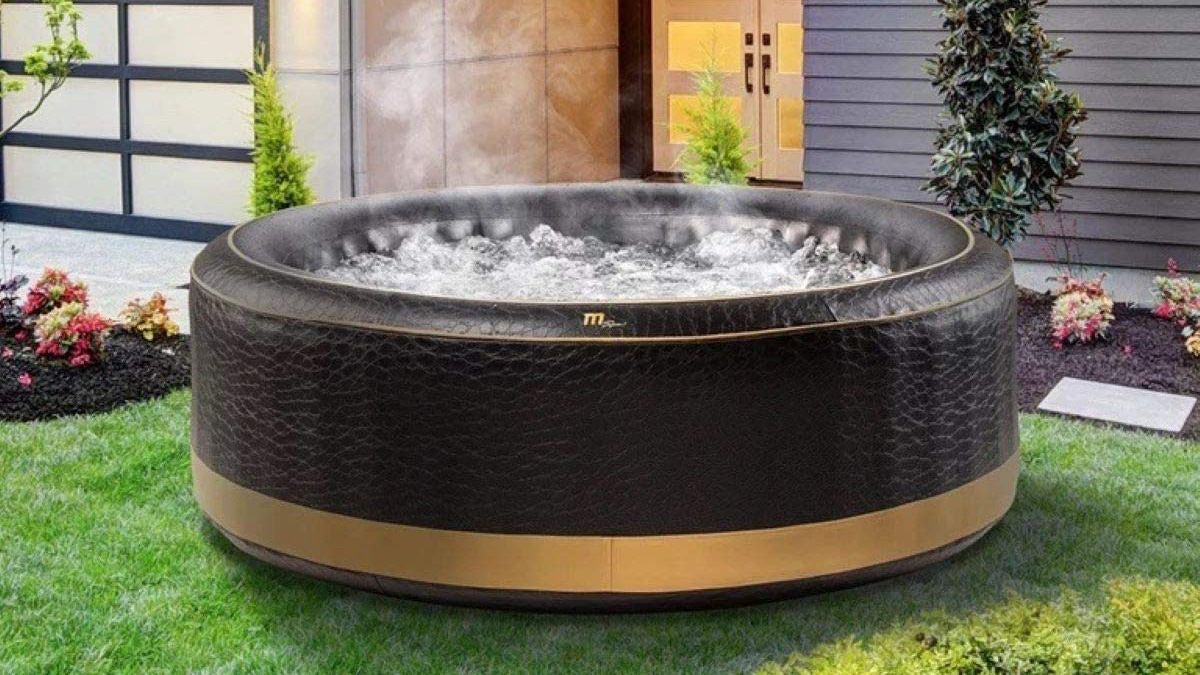
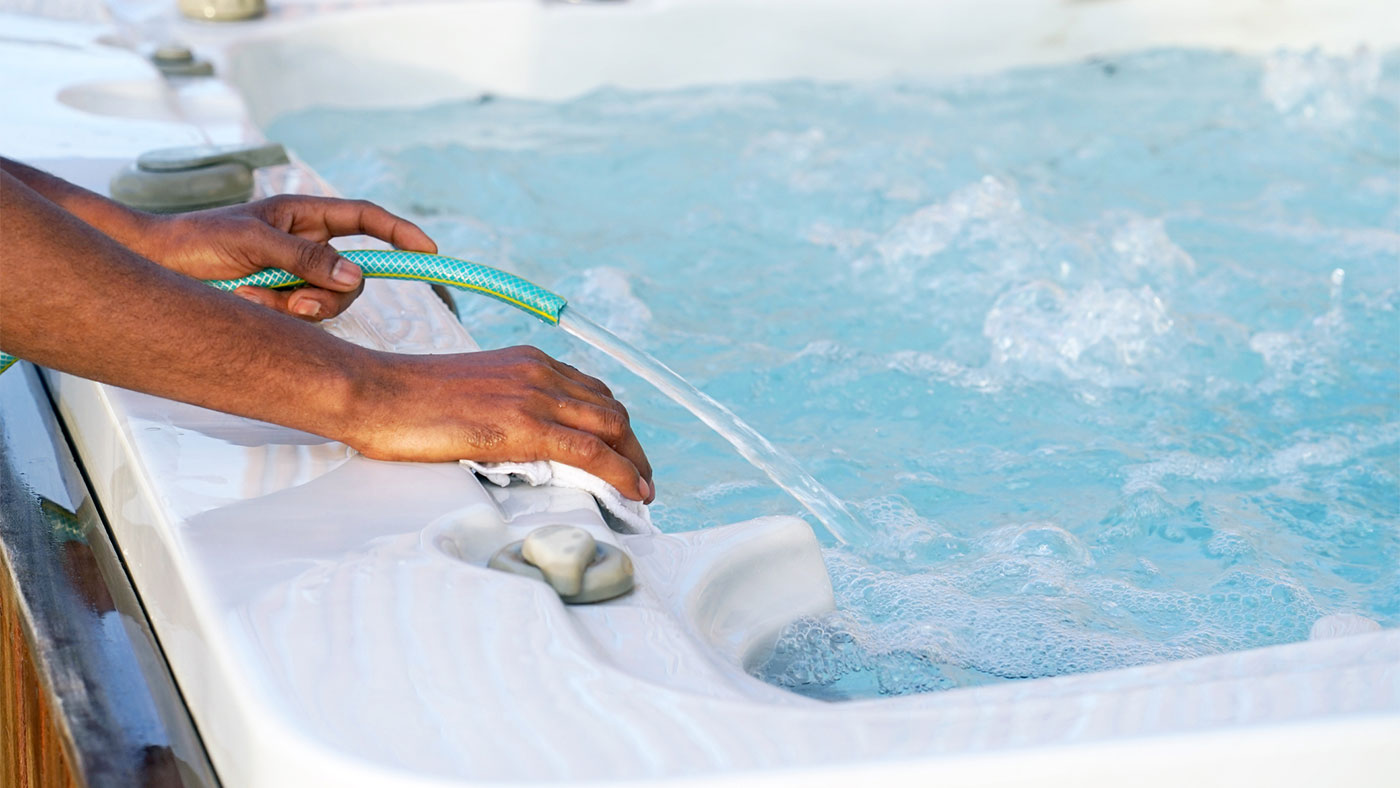
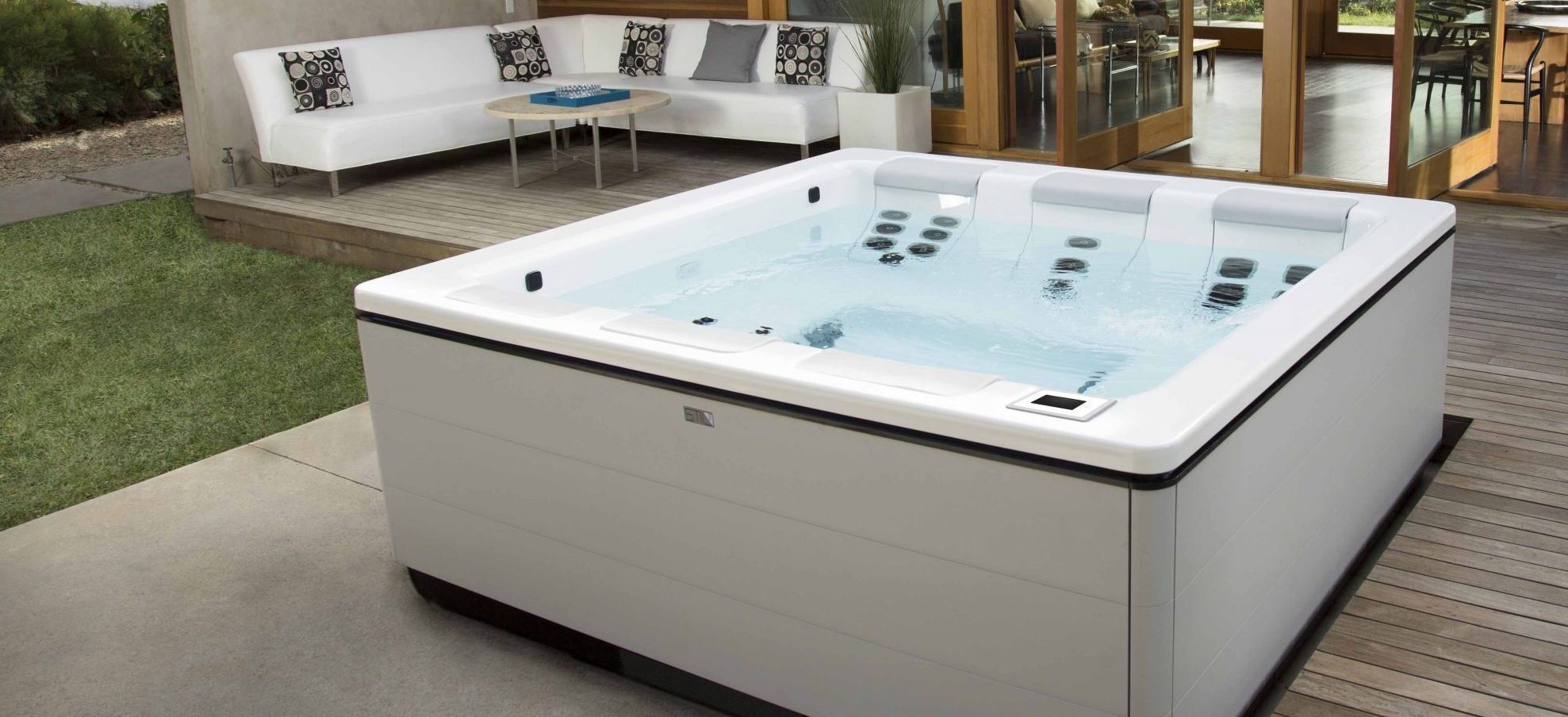
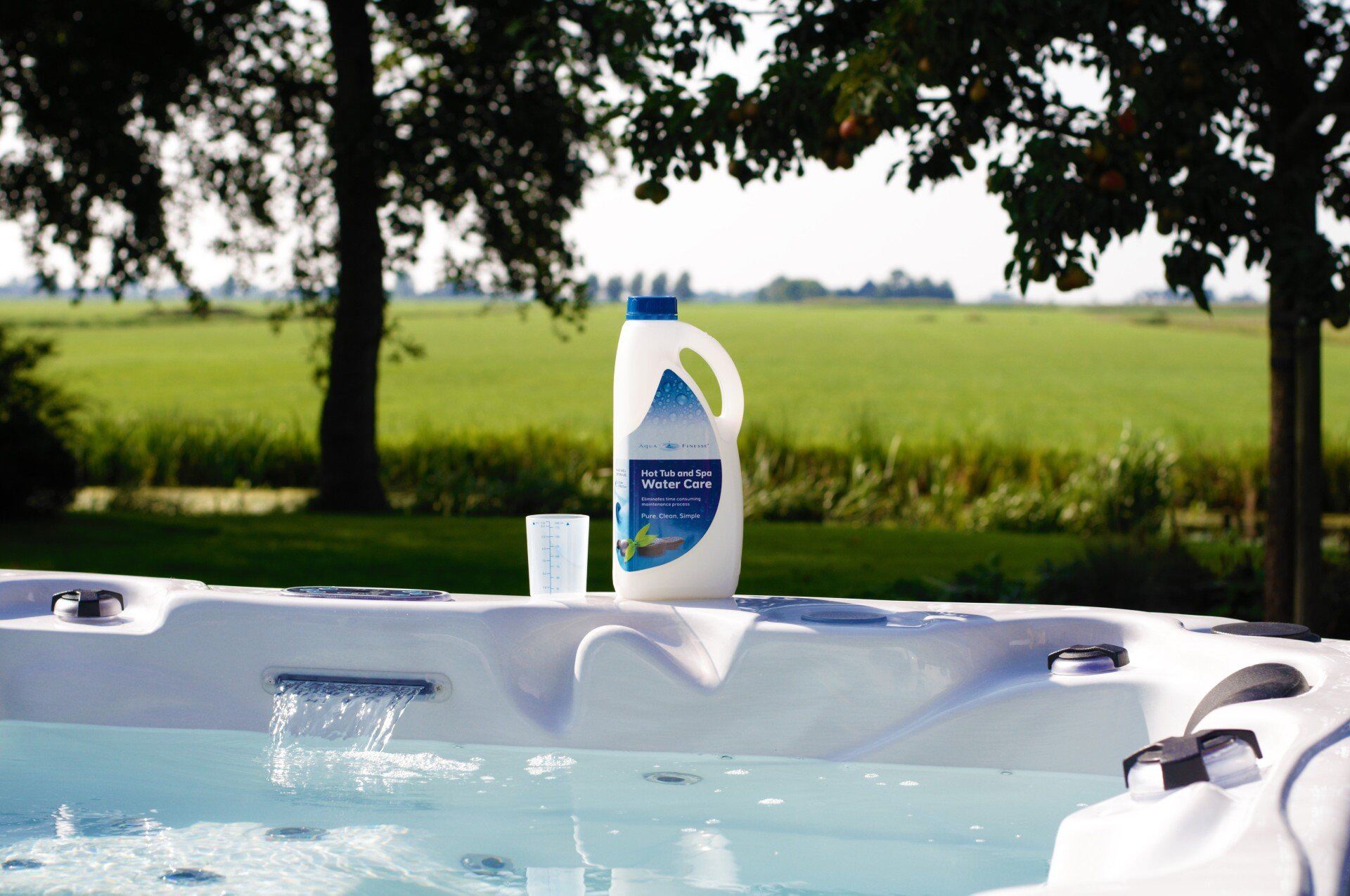
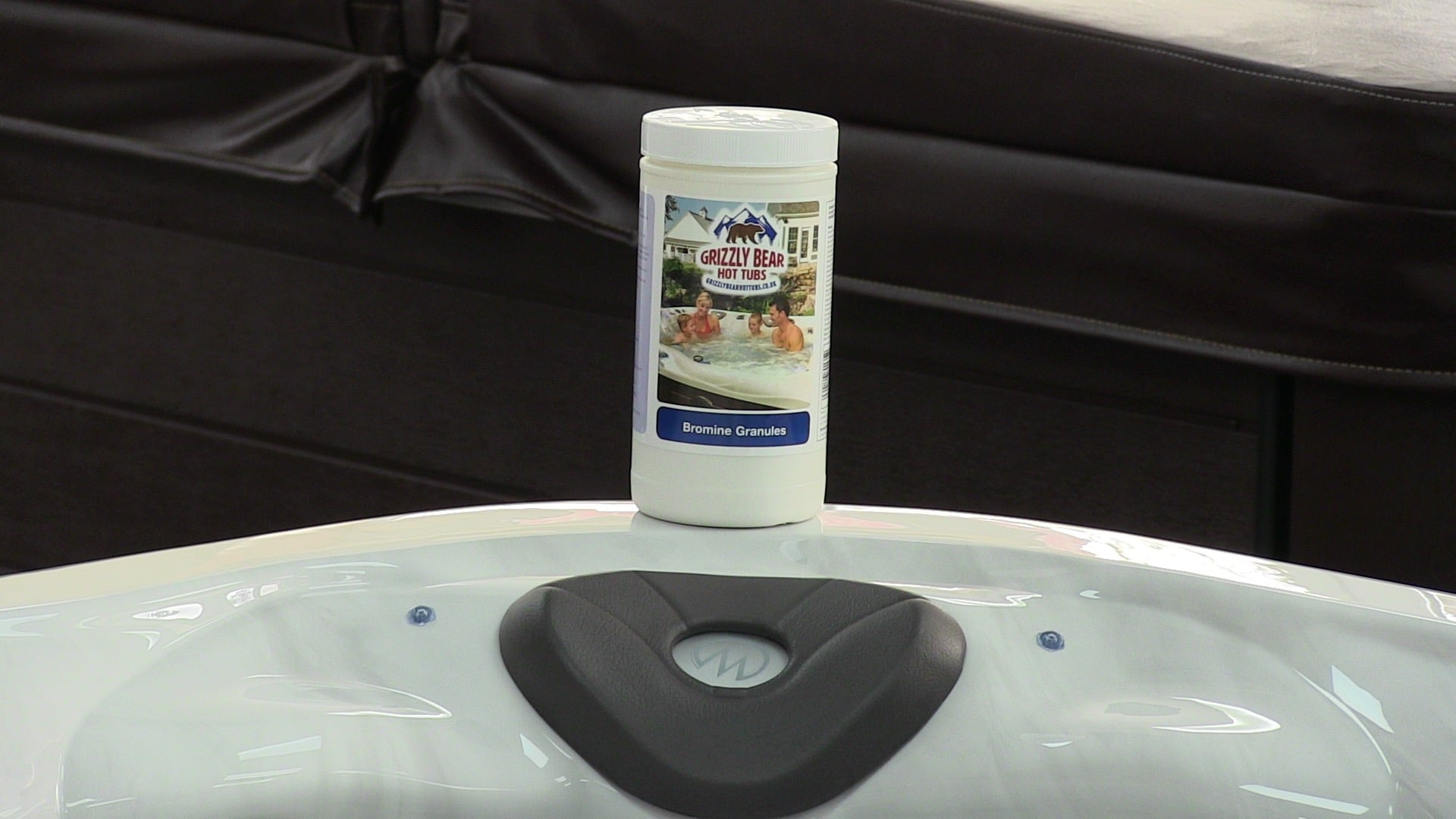
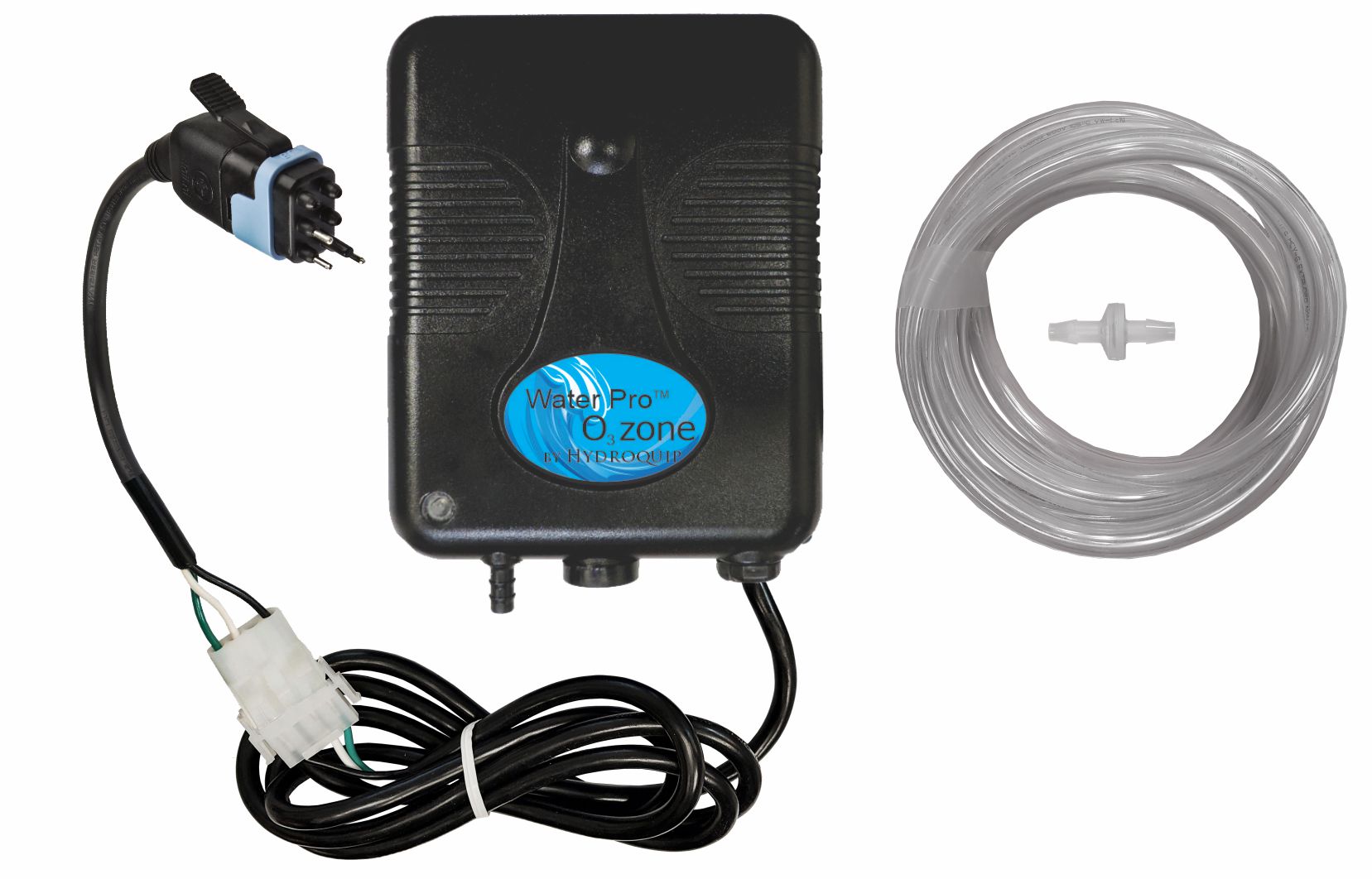
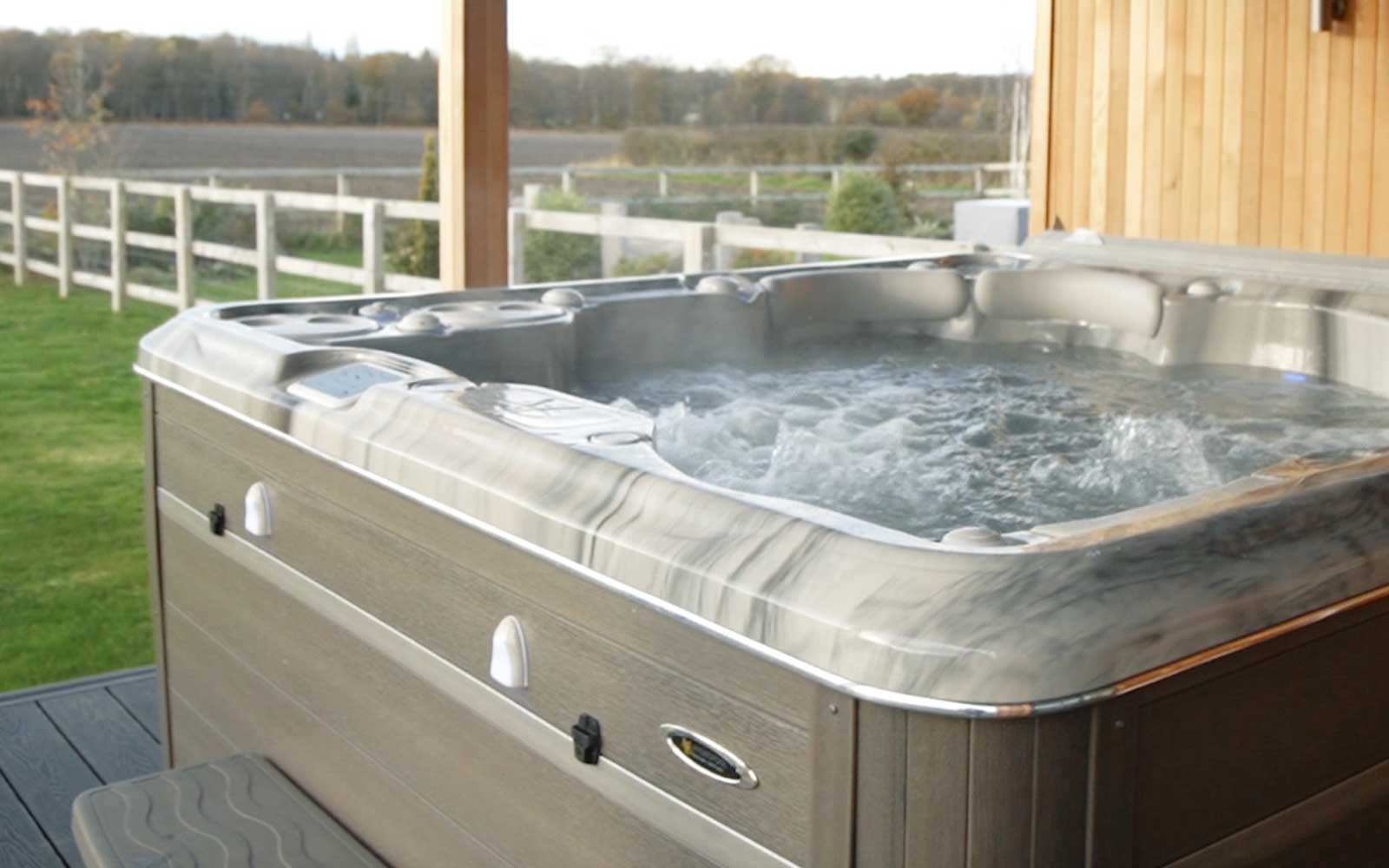

0 thoughts on “What Is The Best Hot Tub Sanitizer”